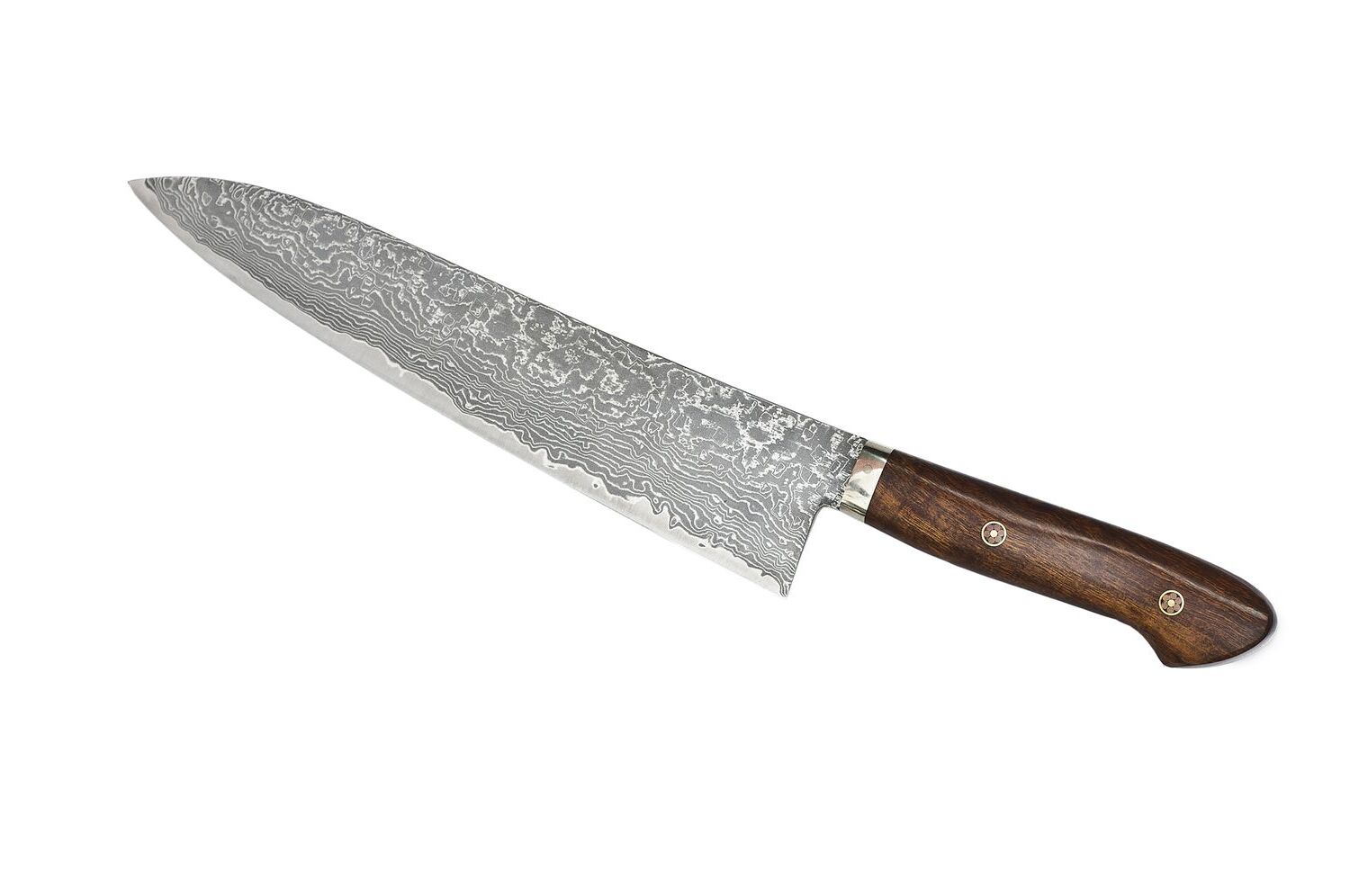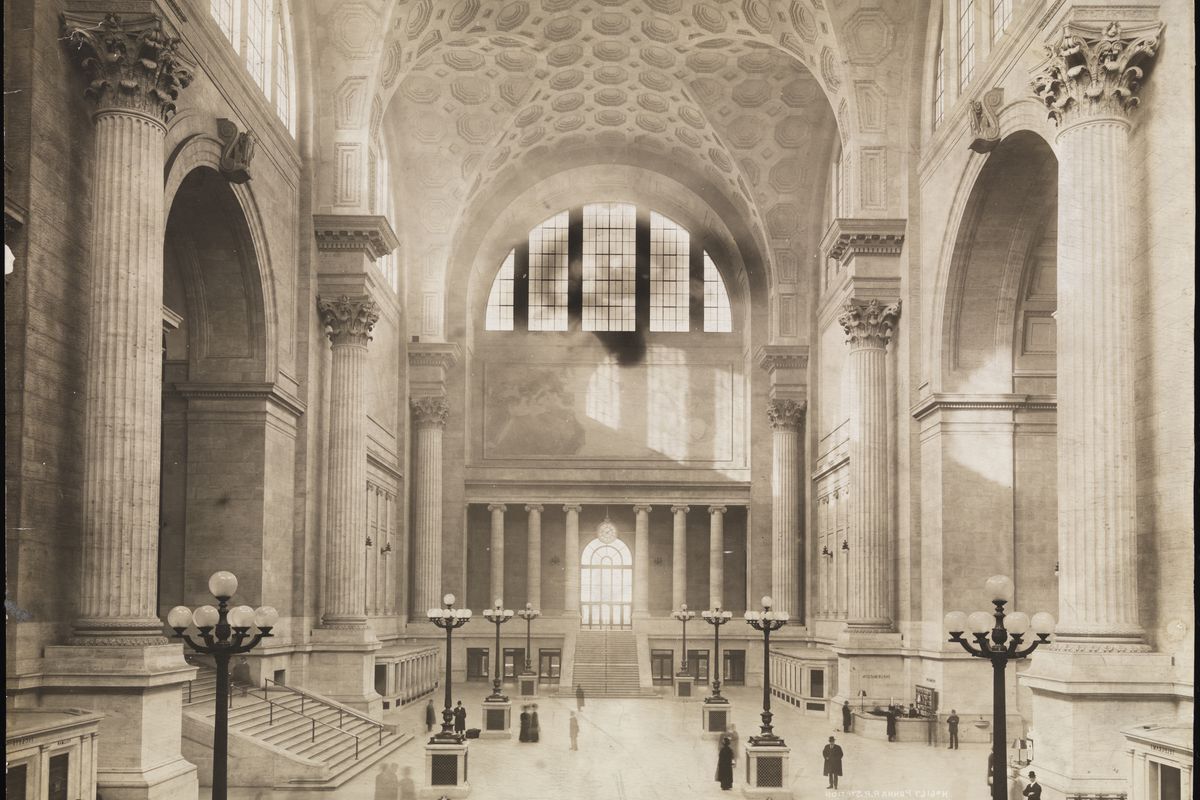
What makes Damascus steel so special? Damascus steel is renowned for its unique wavy patterns and exceptional strength. Originating from the Middle East, this ancient metal was used to forge some of the sharpest, most resilient blades known to history. The secret lies in its distinctive forging process, which involves folding and hammering layers of steel to create a blade that is both hard and flexible. This combination results in a weapon that can hold a sharp edge while resisting shattering. Beyond its practical uses, Damascus steel's beautiful patterns make it a favorite among collectors and craftsmen. Whether you're a history buff or a knife enthusiast, the allure of Damascus steel is undeniable.
Key Takeaways:
- Damascus steel, known for its beautiful patterns and legendary strength, has a rich history dating back to 300 B.C. It was used by royalty, samurai, and even Vikings, and is still popular in modern applications like knives and jewelry.
- The mysterious and magical allure of Damascus steel has sparked countless myths and legends, from invincibility to healing properties. Its unique properties and historical significance continue to captivate people around the world.
What is Damascus Steel?
Damascus steel is a type of steel known for its distinctive patterns of banding and mottling, reminiscent of flowing water. This ancient metal has a rich history and unique properties that have fascinated people for centuries.
- Origin: Damascus steel originated in the Near East around 300 B.C.
- Name: It is named after Damascus, the capital of Syria, where these blades were believed to be made or traded.
- Patterns: The steel is famous for its wavy, water-like patterns.
- Composition: It is made from wootz steel, which was imported from India and Sri Lanka.
- Strength: Known for its incredible strength and durability.
- Sharpness: Blades made from Damascus steel are renowned for their sharpness.
- Flexibility: Despite its hardness, it is also very flexible.
- Mystery: The original method of making Damascus steel was lost in the 18th century.
- Modern Recreation: Modern blacksmiths have attempted to recreate it using pattern welding techniques.
- Cultural Significance: It holds a significant place in Middle Eastern and Asian cultures.
Historical Significance
The history of Damascus steel is as fascinating as the metal itself. It played a crucial role in various cultures and historical events.
- Crusades: European Crusaders encountered Damascus steel during their campaigns in the Middle East.
- Legends: Many legends and myths surround the creation and properties of Damascus steel.
- Trade: It was a highly traded commodity along the Silk Road.
- Royalty: Often used to make weapons for royalty and nobility.
- Artifacts: Many ancient artifacts made from Damascus steel are displayed in museums worldwide.
- Samurai: Japanese samurai were known to use swords made from Damascus steel.
- Vikings: Some Viking swords were believed to be made from this metal.
- Symbolism: It often symbolizes strength and beauty in various cultures.
- Art: The intricate patterns made it a favorite for artistic metalwork.
- Literature: Frequently mentioned in historical texts and literature.
Unique Properties
Damascus steel is not just famous for its appearance but also for its unique properties that make it stand out.
- Microstructure: The microstructure of Damascus steel contributes to its strength and flexibility.
- Carbon Content: High carbon content gives it its hardness.
- Edge Retention: Known for excellent edge retention, making it ideal for blades.
- Corrosion Resistance: More resistant to corrosion compared to other steels.
- Heat Treatment: The heat treatment process enhances its properties.
- Layering: Made by layering different types of steel.
- Etching: Acid etching reveals the characteristic patterns.
- Grain Structure: The grain structure contributes to its unique appearance.
- Wear Resistance: Highly resistant to wear and tear.
- Toughness: Combines hardness with toughness, making it less likely to break.
Modern Uses
While the ancient techniques may be lost, modern Damascus steel still finds its place in various applications today.
- Knives: Popular choice for high-end kitchen knives.
- Jewelry: Used in making unique and beautiful jewelry pieces.
- Tools: Some tools are made from Damascus steel for their durability.
- Art Pieces: Artists use it to create stunning metal art.
- Custom Orders: Often used in custom-made items for its aesthetic appeal.
- Gifts: Considered a luxurious gift item.
- Collectibles: Highly sought after by collectors.
- Sporting Goods: Used in some high-end sporting goods.
- Fashion: Incorporated into fashion accessories.
- Decorative Items: Used in various decorative items for its unique look.
Myths and Legends
The allure of Damascus steel has given rise to numerous myths and legends over the centuries.
- Invincibility: Some legends claim that weapons made from Damascus steel were invincible.
- Magic: Believed to have magical properties in some cultures.
- Secret Recipes: Myths about secret recipes and techniques passed down through generations.
- Warrior's Choice: Often depicted as the weapon of choice for legendary warriors.
- Healing: Some myths suggest it had healing properties.
- Dragon's Breath: Legends say it was forged in dragon's breath.
- Lost Knowledge: Stories about lost knowledge and the quest to rediscover it.
- Cursed Blades: Some tales speak of cursed blades made from Damascus steel.
- Heroic Deeds: Often featured in stories of heroic deeds and epic battles.
- Eternal Sharpness: Myths claim that it never loses its sharpness.
The Enduring Legacy of Damascus Steel
Damascus steel's allure lies in its mystery and beauty. Known for its strength and distinctive patterns, it has fascinated blacksmiths and collectors for centuries. The ancient techniques used to create it remain a subject of intrigue, blending artistry with metallurgy. Modern metallurgists strive to replicate its unique properties, but the original methods are still shrouded in secrecy.
From swords to knives, Damascus steel has left an indelible mark on history. Its resilience and aesthetic appeal make it a sought-after material even today. Whether you're a history buff, a collector, or just someone who appreciates fine craftsmanship, the story of Damascus steel offers a rich tapestry of innovation and tradition. Its legacy continues to inspire and captivate, proving that some mysteries are worth preserving.
Frequently Asked Questions
Was this page helpful?
Our commitment to delivering trustworthy and engaging content is at the heart of what we do. Each fact on our site is contributed by real users like you, bringing a wealth of diverse insights and information. To ensure the highest standards of accuracy and reliability, our dedicated editors meticulously review each submission. This process guarantees that the facts we share are not only fascinating but also credible. Trust in our commitment to quality and authenticity as you explore and learn with us.


